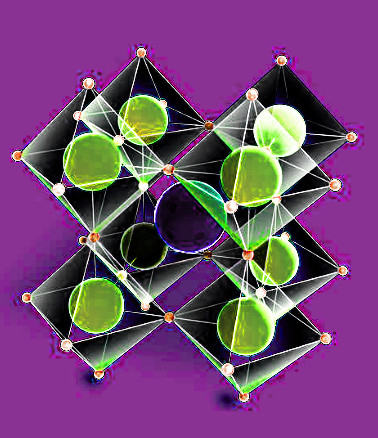Nanosheets for purification
 Australian nuclear scientists have created ultrathin nanosheets that can separate ions from water.
Australian nuclear scientists have created ultrathin nanosheets that can separate ions from water.
The international research team, led by Monash University and ANSTO, says its innovation could enhance the desalination process and transform the dirtiest water into something potable for millions of people across the world.
The membrane has already performed steadily for more than 750 hours using limited energy, and its designers say it could be manufactured on a global scale, pending further testing.
The water-stable monolayer aluminium tetra-(4-carboxyphenyl) porphyrin frameworks (termed AI-MOFs) nanosheets, are nearly perfect as building materials for membranes in ion separation from water, the team says.
The sheets, exfoliated to just a few nanometres in thickness, can also help remove harmful carcinogens from the atmosphere by creating highly porous membranes to facilitate the separation processes of gases and organic solvents, such as paint.
“Owing to the rich porosity and uniform pore size, Metal Organic Frameworks (MOFs) offer significant advantages over other materials for the precise and fast membrane separation,” says research leader Professor Xiwang Zhang.
“However, it remains a daunting challenge to fabricate ultrathin MOFs membranes (less than 100 nanometres) for water-related processing, since most reported MOFs membranes are typically thick and suffer from insufficient hydrolytic stability.
“In this world-first study, we were able to use these ultrathin Al-MOFs to create a membrane that is permeable to water while achieving maximum porosity with nearly 100 percent rejection of ions. This study shows promise for the future application of this membrane to other filtration processes, such as gas separation.”
Polymers are by far the most widespread membrane materials, largely owing to their easy processability and low cost, but traditional polymeric membranes for ion separation from water usually contain a dense selective layer, leading to limited selectivity.
In contrast, nanoporous membranes, where uniform nanopores act as the sieving role, may overcome this limitation.








 Print
Print